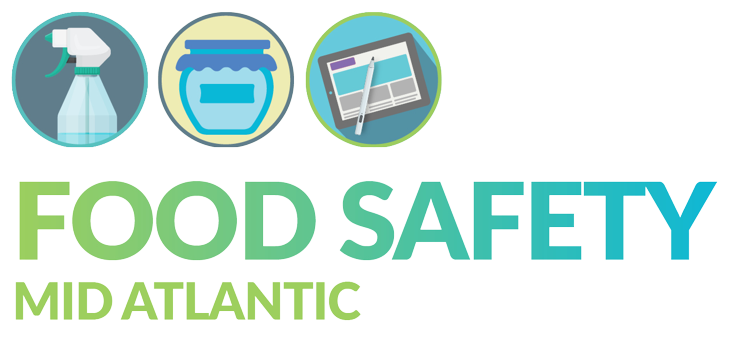A food safety self audit is the best way to prepare for a food safety inspection or third-party audit. It’s better to catch issues yourself and fix them on your own time, instead of an inspector catching them and causing a plant shutdown or recall.
Food safety self audits follow the same pattern as food safety inspections, but the person reviewing your food safety plans and procedures is you or an employee. While you can (and should) do a self audit to prepare for an external inspection, it’s also a good practice to regularly schedule self audits to make sure that your food safety processes are being carried out correctly.
In this blog post we’ll cover what a food safety self audit is, how to conduct a self audit, and why you must consider scheduling a self-audit as soon as possible.
What is a Food Safety Self Audit?
A food safety self audit is an internal inspection of all food safety processes and procedures. It reviews the same elements of a food safety inspection or third-party audit with much lower stakes. A food safety self audit allows you to identify holes in your food safety program and patch them before they cause harm to your business. A self audit is an opportunity to make sure your paperwork is in order and your processes align with your written plans.
There are two types of self audits: paperwork or desktop audits and on-site or facility audits.
Paperwork audits review your food safety plans and record keeping. During a paperwork self audit you review all SOPs, SSOPs, and GMPs and make sure they are up to date. You check your HACCP or Food Safety Plan for errors or inconsistencies. You review your records to make sure they are being well kept and verified every seven days.
On-site audits review your physical space and the food safety procedures that occur in your facility. During the audit, you look at everything from employee hygiene to HACCP control points to sanitation and maintenance. The on-site audit should include everything that happens every day from when employees arrive until the sanitation crew clock out late at night, and every part of production from ingredient arrival to shipping your final product.
How to Conduct a Food Safety Self Audit
The first step in conducting a food safety self audit is to define the scope of the audit. Are you:
- Preparing for a federal or state inspection?
- Getting ready for a new wholesale client who requires a third-party audit?
- Checking your food safety program for an annual review?
Understanding your motivation for the audit allows you to determine what and how to audit.
Find or create a checklist to follow for your internal audit. This will ensure you don’t miss anything when conducting the self-audit.
If you’re preparing for a federal or state or local inspection, get a copy of the inspection document. This tells you what the inspector will look for. Copies of most third-party audits are available from the auditing body.
If you’re just inspecting for internal review, decide which areas of your food safety program are your top priority.
Choose an individual to conduct the audit. This might be yourself or your facility manager. Make sure this person is knowledgeable about your food business’s food safety program and can tell whether it’s being followed.
Decide if you are doing a paperwork or an on-site audit, or both. Since you’re doing the audit on your own time, there is no need to rush the audit or cram everything into one day. You can space it out to make sure it fits in with the rest of your work.
Paperwork audit
Find your paperwork and make sure it’s accessible. Doing this first during an internal audit will mean it happens smoothly during an external one.
Review the paperwork that fits within the audit. You could review everything or you could choose to only focus on something specific such as maintenance records and SOPS, inventory record keeping, or allergen tracking.
Keep in mind that the paperwork for paperwork audits does not need to be physical paper. Computer-based digital records and SOPs are acceptable.
Onsite audit
Determine the scope of the audit. It’s challenging to inspect every single element of your facility and processes at once, so it’s best to focus on specific elements such as whether employees are following GMPs by wearing hairnets and closed-toe shoes and washing their hands or whether all the lights in the building work.
Follow your self audit checklist to make sure that you inspect everything. Once you finish the inspection, review the checklist and make a list of all areas for improvement. Notify all relevant personnel about the problems so that they can fix them before the next inspection.
Scheduling Your Self Audit
Most third-party audits expect food businesses to carry out a self-audit annually. Thus, when you are planning and developing your food safety program, add self audits as a regular practice.
Now is the time to start, if you already have a food safety program and aren’t doing audits.
If you need help to prepare for your next inspection or implementing regular self audits, schedule a free consultation with Food Safety Mid Atlantic today.

